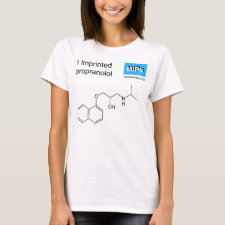
Authors: Tu ZK, Tang HL, Shen XT
Article Title: Particle-Assisted Semidirect Breath Figure Method: A Facile Way to Endow the Honeycomb-Structured Petri Dish with Molecular Recognition Capability.
Publication date: 2014
Journal: ACS Applied Materials & Interfaces
Volume: 6
Issue: (15)
Page numbers: 12931-12938.
DOI: 10.1021/am502871t
Abstract: Recently, we have developed a semidirect breath figure (sDBF) method for direct fabrication of large-area and ordered honeycomb structures on commercial polystyrene (PS) Petri dishes without the use of an external polymer solution. In this work, we showed that both the pore size and the pore uniformity of the breath figure patterns were controllable by solvent amount. The cross-sectional image shows that only one layer of pores was formed on the BF figure patterns. By combing the sDBF method and Pickering emulsion and using the modular building blocks, we endowed the honeycomb-structured Petri dish with molecular recognition capability via the decoration of molecularly imprinted polymer (MIP) nanoparticles into the honeycomb pores. The radioligand binding experiments show that the MIP nanoparticles on the resultant honeycomb structures maintained high molecular binding selectivity. The reusability study indicates that MIP-BF patterns had excellent mechanical stability during the radioligand binding process. We believe that the modular approach demonstrated in this work will open up further opportunities for honeycomb structure-based chemical sensors for drug analysis, substrates for catalysts, and scaffold for cell growth
Template and target information: propranolol
Author keywords: semidirect breath figure, honeycomb structures, Petri dish, Pickering emulsion, molecular imprinting, molecular recognition



Join the Society for Molecular Imprinting

New items RSS feed
Sign-up for e-mail updates:
Choose between receiving an occasional newsletter or more frequent e-mail alerts.
Click here to go to the sign-up page.
Is your name elemental or peptidic? Enter your name and find out by clicking either of the buttons below!
Other products you may like:
 MIPdatabase
MIPdatabase









